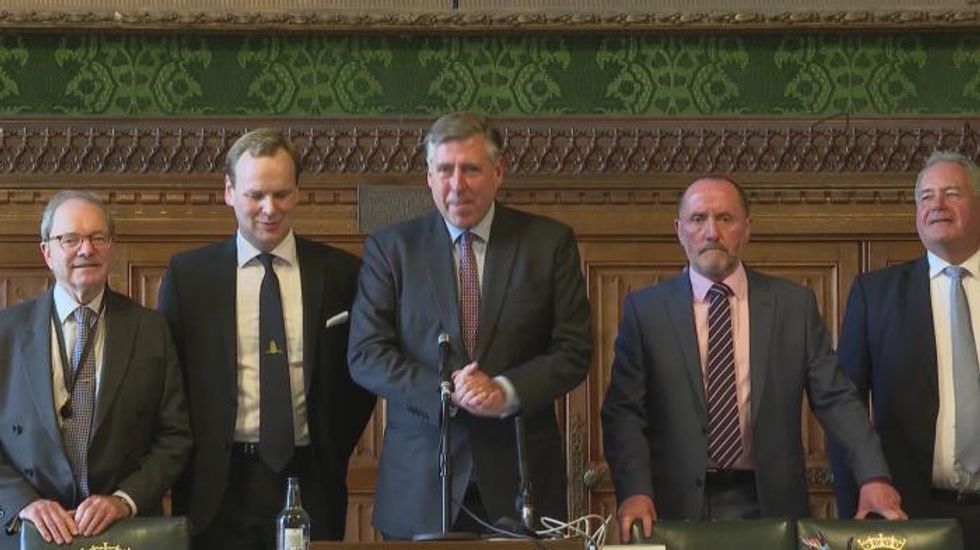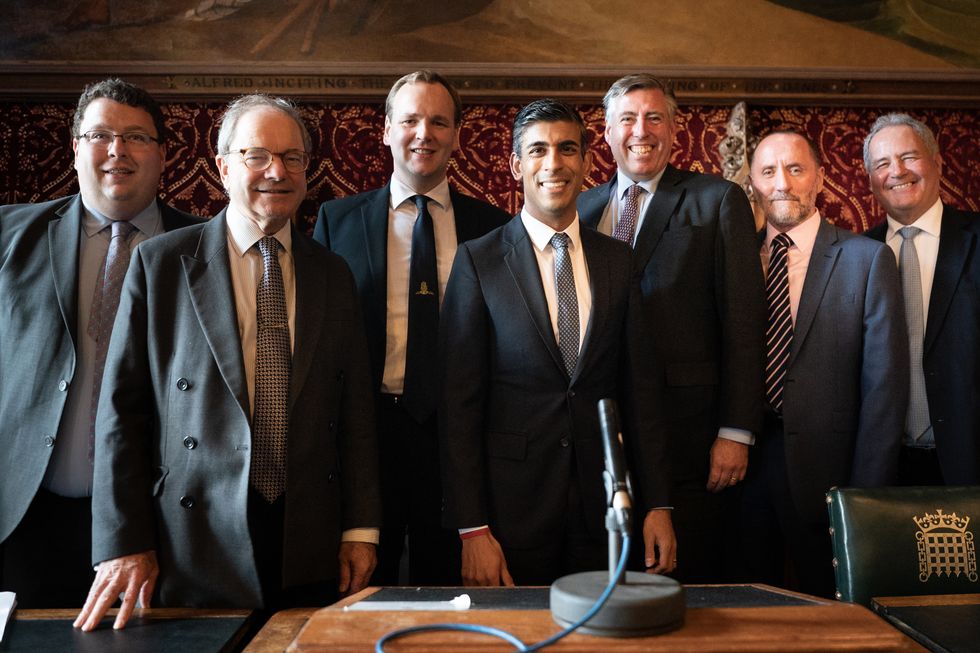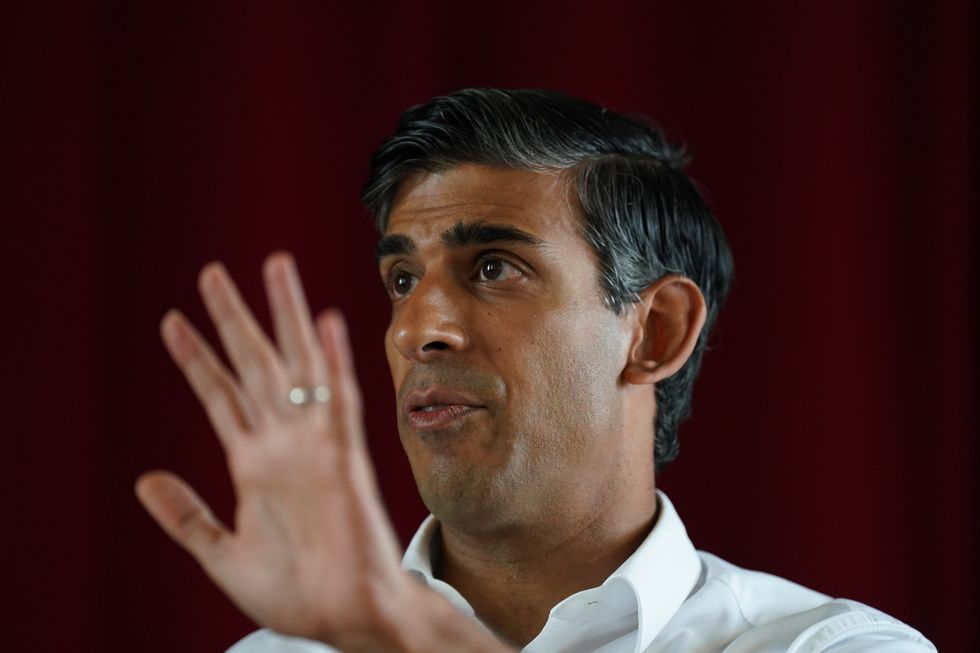Don't Miss
Most Read
Trending on GB News
Rishi Sunak will be the youngest UK Prime Minister in modern political history.
At 42, he is a year younger than the current record-holder David Cameron, who was 43 when he became PM in 2010.
Tony Blair was also 43 when he became Prime Minister in 1997, but was a few months older than Mr Cameron at the time both won power.
Outgoing prime minister Liz Truss is 47.
Rishi Sunak (centre) meeting with members of the 1922 Committee in the Houses of Parliament
Stefan Rousseau
Rishi Sunak
Owen Humphreys
Only two other PMs since 1900 have taken office below the age of 50 – John Major (47 in 1990) and Harold Wilson (48 in 1964).
Mr Sunak will not be the youngest Prime Minister ever to hold the office in this country, however.
As his name suggests, William Pitt the Younger was famous for his youthfulness and was just 24 when he first became prime minister in 1783.
A number of politicians in their 30s held the job of prime minister during the 18th century, while the Tory statesman Robert Jenkinson had only just turned 42 when he took the job in 1812 – the same age as Mr Sunak, though a few months younger.
Mr Sunak’s appointment as PM will represent a number of symbolic milestones.
He has made history in terms of ethnicity, being the first ever non-white Prime Minister of the UK.
Mr Sunak will be only the second Conservative prime minister representing a constituency in the north of England.
The first was Arthur Balfour, who was MP for Manchester East while serving as prime minister from 1902 to 1905.
He will be the third person to hold the job since the last general election, following Boris Johnson and Ms Truss.
The last time the UK clocked up three different Prime Ministers in the course of one parliament was in 1940, when Winston Churchill took the role following Stanley Baldwin (who served from 1935 to 1937) and Neville Chamberlain (1937-1940).
Mr Sunak will also be the fourth PM in a row – after Theresa May, Mr Johnson and Ms Truss – to take power without a general election.
It has been 12 years since an election last led directly to a change of Prime Minister, in 2010, when Mr Cameron took office at the head of a Conservative-Liberal Democrat coalition, replacing Gordon Brown’s Labour government.
It is necessary to go much further back in history to find the last time a Prime Minister both took and left office at a general election.
This was the fate of Edward Heath, who won power at the polls in 1970, only to lose it again in 1974.











